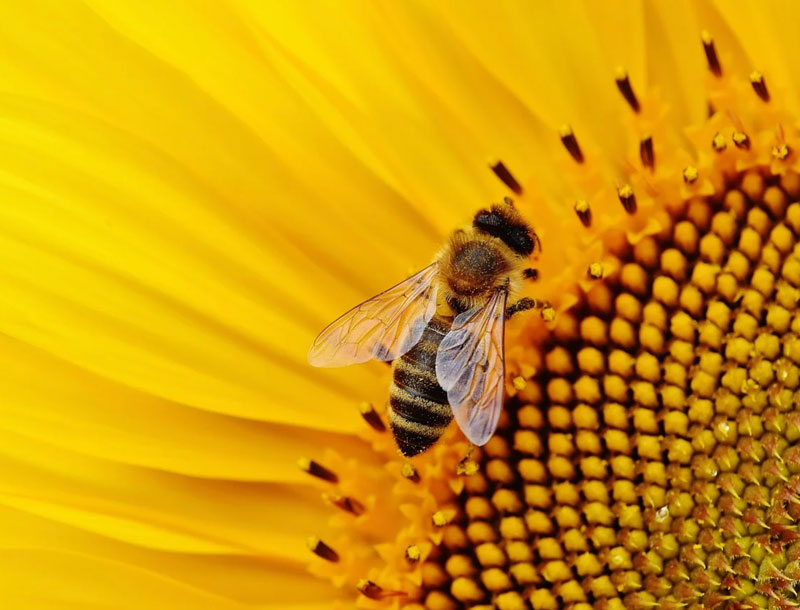Will your insurance pay for bee removal?
In this video, we will explain whether your insurance company will cover the cost of honeybee removal.
We will also answer common questions like …
what insurance companies pay for bee removal?
what helps with an insurance claim?
will the insurance company pay for part of the cost?
how to get an insurance company to help cover the cost?
how do I know if my insurance company covers the cost?
Typically insurance companies won’t pay for pest control services. Usually, insurance documents state that they will not cover damage caused by pests and sometimes they will list the pests. As a result, it is unusual for insurance companies to cover the costs of a honeybee removal as they fall into the classification of a pest.
However, in 14 years we have had insurance companies pay some of the cost for the bee removal or even half the amount and in some situations, they have even paid in full.
In these cases, it has been really helpful to have a survey carried out and a full and detailed report with pictures put together and sent to the insurance company because having bees in a building can lead to building damage if not dealt with.
TOPICS
How to get rid of bees
Surveys
FAQS
Industry-related topics
Costs
Blog articles
Press room
At Beegone® Honeybee Removal, we truly understand how precious our bees are.
Beegone® specialises in the safe, environmentally friendly, live removal and rehoming of honeybee swarms and colonies, from structures or naturally occurring cavities. We cover the entire UK and have a team of trained and dedicated technicians ready to serve you.
Our aim is to educate people and businesses on honeybee identification and how to deal with them. We remove feral honeybees from structures, relocate them and prevent them from returning.







